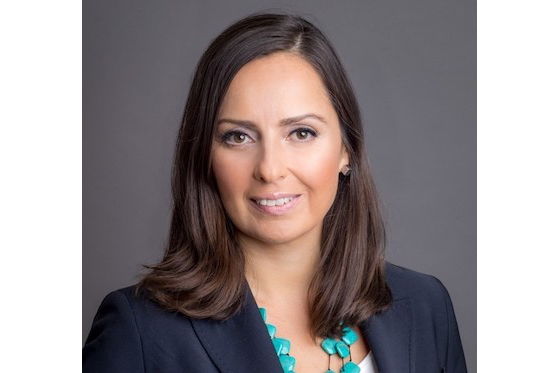Fans of agile hotel management are facing the ultimate test these days, as widespread uncertainty about travel plans forces properties to pivot quickly. In planning to reopen its 26 hotels in June and July, Loews Hotels developed multiple potential business scenarios. Chief Revenue Officer Monica Xuereb explained how modeling is informing the company’s response to unpredictability.
HOTELS: What are your priorities over the next six months?
Monica Xuereb: Things are changing very rapidly. For us, it means bringing back the majority of our hotels in June, and by mid-July we should have all of them reopened. Our current priority is to get the hotels reopened. As we move through these openings, our priority is trying to balance out the pockets of high demand and low demand that we’re seeing and will continue to see through the end of the year in the absence of a consistent base of business.
Normally lot of our hotels have a base of either group or business travel; that’s clearly more uncertain now. The majority of demand now is leisure travel, and that’s more inconsistent. It’s driven toward certain days of the week and holidays.
We’re also trying to manage guest expectations appropriately. We are communicating to guests about what they should expect when they get to properties, and we’re managing staffing. With uncertain demand it’s a lot harder to manage, which in turn affects service.

H: How do you plan if you can’t rely on history?
MX: We’ve developed multiple scenarios. It’s something we worked on while the hotels were closed. We modeled out different scenarios for how we staff hotels, how we manage while still delivering the service we are known for, doing this and being able to break even and maybe make a profit, but also knowing things can change very rapidly.
For example, one of hotels (was) at 50% occupancy for the July 4 weekend. (We talked through) whether we even want to go beyond 50%, because we’re managing the experience, making sure we’re complying with all the CDC recommendations. Those are good conversations to have. Probably never in my life have I had to restrict inventory and not sell all the available rooms. Our job is to make sure we’re capturing whatever demand is out there. But we want to make sure we have a safe experience for team members and guests.
H: How do you approach pricing in this climate?
MX: We’ve always had pricing philosophies at Loews, and they have not changed. We still apply them even in these circumstances. The revenue managers’ job is to make sure they are appropriately priced in their market based on internal and external demand. Lowering your price doesn’t generate demand — it can only serve to convert whatever existing demand is out there. Those practices haven’t changed. With some limited capacity, we’re potentially selling at higher rates than we did last year, because we have fewer rooms available.
H: What about food and beverage — how are you bringing that back online?
MX: That depends on multiple scenarios. There are models that let us know at which occupancy we would open different F&B outlets. That model has always been in place at our resorts; during the off season, if a property has four restaurants, two might be open. But certainly there is a lot more focus on it now. We want to make sure guests have access to F&B when they come to the hotel for their comfort as well. We have some hotels where the restaurant might open before the hotel because there’s demand in the local market.
H: How will you try to replace lost group business?
MX: In some hotels it will be more difficult than others. In urban areas that are highly dependent on conventions, it’s difficult to do so. We’ve always been fortunate to have a fair amount of group and transient demand. We don’t expect transient to make up for group in the next six months, but eventually groups will recover. As we get through the rest of this year and into next year people will be more comfortable to start having smaller, regional meetings and partially virtual meetings. We have a 300-person wedding booked in one of our hotels in less than a month and the couple is intent on having the event. As people get out there and decide to hold these events, we will be ready and able to handle them.
H: How are you forecasting?
MX: We’re certainly giving guidance from the home office to the hotels, but we’re doing a lot more forecasting then we’ve ever done before. We learn every week about how things are changing. That’s where the different models and scenarios come in. If we are prepared for multiple levels of occupancy scenarios, we have a better chance of being more agile.
We’re in a very different world, normal versus not normal. I think this is an industry that’s highly adaptable, and I think people want to enjoy themselves, go on vacation, stay at hotels. I think we’ll get through this.
